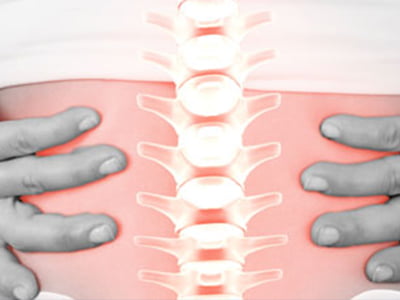
Spinal care experts from the British Chiropractic Association are encouraging drivers to think about their backs when they get behind the wheel, warning that sitting in the same position for long periods is a major cause of neck and back pain.
“With the number of people suffering with neck and back pain rising by almost 10% in the last year, it’s important that we think about what we’re doing every day that could be causing unnecessary strain,” BCA Chiropractor Rishi Loatey said.
He is advising drivers to ease the strain by making small adjustments to their journeys.
- Sit correctly in your seat. Make sure you have your bottom against the seat back with your shoulder blades touching the back rest of the chair. The seat should be set slightly backwards so it feels natural, and your elbows should be at a comfortable and relaxed angle for driving.
- Feet should fall naturally onto the pedals. You should be able to press the pedals to the floor by moving your ankles and only using your legs a little.Avoid high heels, or very thick-soled shoes, as you will have to over-extend your ankle to put pressure on the pedals.
- Exercise while stuck in traffic. Try buttock clenches, side bends, seat braces (pushing your hands into the steering wheel and your back into the seat – tensing and relaxing) as well as shoulder shrugs and circles.
- Set your mirror positions to suit you before you drive off. The mirror positions should allow you to see all around the car with minimal head movement.
- A relaxed driving position reduces stress on the spine, allowing your seat to take your weight.
“Drivers may not realise that some simple adjustments to their journeys could make a big difference,” Rishi Loatey added.
“If the steering wheel is too high and far away, tension will build up in the shoulders and upper back. If it is too low and close to the driver, the wheel may be touching the legs, which will reduce free movement and put strain on the wrists and upper back muscles.”








